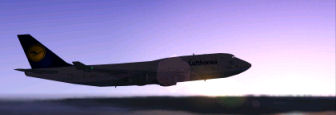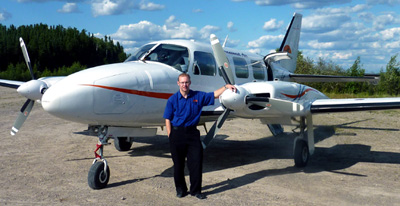I know this has been covered 1000s of times before - but I'm a noob. I've been experimenting with engine failures and wanted to know a few things about descent and approach speeds and emergency procedures (in FS9)
I experimented with an engine-failure in the df 737 while flying from Moscow to Talinn - failure occured over western Russia.
Mistake 1 - I decided to divert to Pskov (where the visibility was like pea soup
Mistake 2 - didn't calculate my descent properly and spent too much time at low altitude
Mistake 3 - used too much flaps and the plane decelerated and fell from the sky

Should I have kept going to Talinn where I could have utilised an ILS and had better visibility instead of diverting to Pskov - or do procedures dictate that I "have" to get the jet 'on the ground' asap?
What are the rules regarding flaps settings? I found out (the hard way) that too much flap will kill airspeed - should single engine approaches be faster and with less flaps than two-engine approaches? Should I also have dumped most of my fuel too?
Are there any articles to read about engine failure?
Thanks very much guys
Stew








